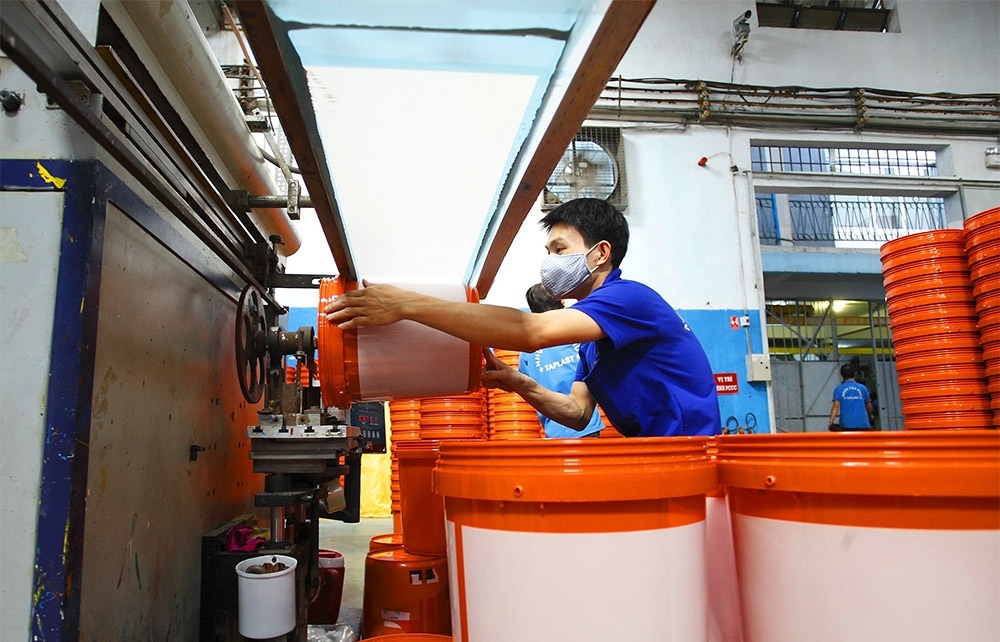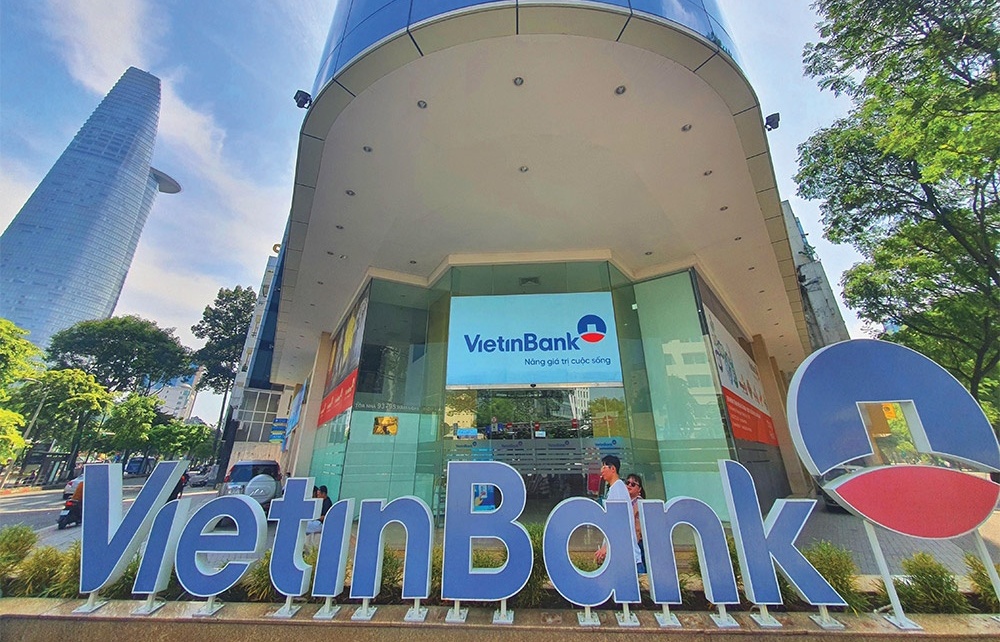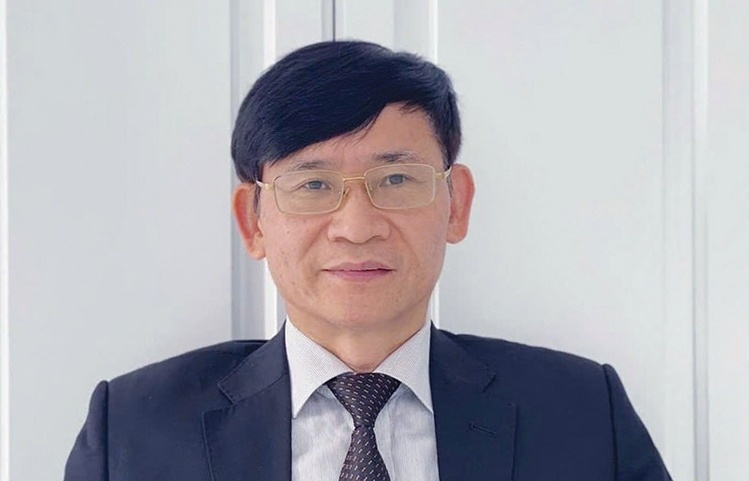More clarity needed for future M&A
 |
 |
The past 12 months have seen a surge in M&A deals in Vietnam with a sharp increase in the number and value of transactions. Many high value and high profile transactions have been completed, such as the acquisition of the Big C superstore chain by Thailand’s Central Group and the major investment by Singha, another Thai investor, in Masan Group’s consumer and brewery units. While many M&A players are strategic investors, aiming for long-term investment in the target companies, private equity investors have also become regular players in the market.
However, despite these positive developments, the size of the Vietnam M&A market is still relatively small compared with other countries in the region. Putting aside other considerations (such as the stability of the economy, availability of human resources, and growing awareness of environmental issues), the lack of a comprehensive and consistent legal system regulating M&A transactions has been one of the main brakes holding back the growth of the M&A market in Vietnam.
Public M&A
In 2015, following the issuance of Decree 60 allowing listed (and other public) companies operating in unrestricted business sectors to increase their foreign ownership limit to 100 per cent (from the previous cap of 49 per cent), there was interest from foreign investors in acquiring controlling stakes in companies. However, despite initial enthusiasm, there has been no immediate public M&A boom following this regulation. Currently, only a few companies have obtained approval to lift their foreign ownership limit and the markets have become more cautious about announced plans on lifting this limit. Three possible reasons have been identified for this.
Firstly, there are insufficient regulations and guidelines for Decree 60.
Secondly, there is still no list of business sectors that are unconditional for foreign investment in listed companies. This has caused difficulties for listed companies when determining whether they are entitled to increase their foreign ownership limit. Equally, when the State Securities Commission receives an application for lifting a company’s foreign ownership limit, there are still no specific regulations to determine if the company operates in any conditional business sectors. Consequently, the process is very time consuming and approvals are only issued on a case by case basis.
Thirdly, there is no clarification on the legal status of a listed company after its foreign ownership limit has been lifted. A company can no longer control its foreign ownership, which could change every day. A situation could arise where today a company has 49 per cent foreign ownership and is considered a domestic investor under the Law on Investment (LOI). Tomorrow, it has 51 per cent foreign ownership and is considered a foreign investor (and vice versa). There is currently no guidance as to how this will impact a company’s investments.
These issues have resulted in listed companies hesitating whether to proceed with lifting their foreign ownership limit, this continues to limit the opportunities for foreign investment by way of public M&A.
 |
| Mapletree Investment Pte has recently acquired 100 per cent stake in Kumho Asiana Plaza Saigon Photo: Le Toan |
Private equity M&A
In recent years, a positive development for the market has been the growing participation of private equity investors looking to invest in Vietnam. Such investors have brought much needed capital to develop businesses, together with management expertise to improve corporate governance, and introducing international business practices. These investors are also introducing more sophisticated acquisition structures to the market. Common features of transactions now include preference shares, convertible instruments, put options, call options, and drag-along and tag-along rights.
However, it is not all good news, as the legal framework for M&A in Vietnam has not fully caught up with the introduction of international and more sophisticated concepts. This leads to uncertainties for investors. The absence of clear legal recognition of many of these concepts, the reluctance of parties to submit disputes to the courts, and the lack of an established system of public reporting of court judgments create further uncertainties for the enforceability of these concepts, even though they are commonly used in other countries.
Growing importance of competition law
High-profile M&A transactions are becoming increasingly scrutinised for compliance with Vietnam’s Law on Competition. Under the law, transactions resulting in a combined market share of parties between 30 and 50 per cent in the relevant market must be notified to Vietnam Competition Authority (VCA), and transactions resulting in a combined market share of over 50 per cent are prohibited (unless exemptions apply).
In practice, both enterprises and authorities find it challenging to enforce such restrictions. For example, application of the law is unclear as to whether transactions between offshore parties, where an acquirer has no commercial presence in Vietnam, are covered. Furthermore, it is particularly difficult for parties to determine what constitutes a “relevant market” under the law and to then generate data analysis on their respective market shares. Guidance can be obtained from approaches taken in other jurisdictions, but there is still a large scope for differences of opinion on the issue. Notwithstanding the above ambiguities, investors have to make their own judgments and decipher whether or not to make a merger control before proceeding. This is a particularly difficult judgment to make given the potentially large fines which the VCA can impose for breaches of the law, so this is another factor causing investors to pause when considering Vietnam.
Other challenges
A long-standing issue with the investment laws in Vietnam has been the inconsistencies of the various laws and practices of state authorities.
In July 2015, the new Law on Enterprises (LOE) and the LOI came into force. Despite the attempt to ease administrative burdens on foreign investors in M&A transactions, some unclear provisions have, in fact, been interpreted by state authorities to create more administrative procedures. For example, while approval for an M&A investment is intended to target the acquisition by a new foreign investor only, in practice, some local licensing authorities are requesting approval be obtained in the case of an increase of charter capital by an existing foreign investor, even though such increases do not result in any change in the foreign ownership ratio.
In addition, sector specific laws, such as the Law on Securities, Law on Credit Institutions, and Law on Insurance, have not been updated following the issuance of the new LOI and LOE, resulting in inconsistencies between those laws and the LOE and LOI. Such inconsistencies could potentially cause difficulties for M&A investors. For example, it is not clear whether an industry specific regulator’s approval is sufficient or whether the procedures in the LOI also need to be followed.
Another inconsistency exists between the LOI and the current regulations on the opening and usage of investment accounts, which has caused much confusion in the assignment of capital and payment of purchase prices, both in public and private M&A. The current banking regulations still assume the classification of an investment into direct or indirect investment, whereas the new LOI no longer classifies investments in this way, resulting in confusion as to the types of accounts to be opened and used for investment purposes.
Despite the above challenges, Vietnam still remains an attractive destination for foreign investors in the region. As part of the implementation of policies to encourage foreign investment, the issues considered in this article will be sufficiently addressed by the state in the near future, and subsequently there will be a surge in M&A transactions in the coming years.
What the stars mean:
★ Poor ★ ★ Promising ★★★ Good ★★★★ Very good ★★★★★ Exceptional
Latest News
More News
- Mandatory biometric verifications to be expanded (December 19, 2024 | 10:37)
- Bank transfers lead to rebranding phase (December 19, 2024 | 09:00)
- Ownership of financial groups comes to fore (December 18, 2024 | 11:34)
- AI will be a game-changer in banking and finance (December 18, 2024 | 10:00)
- F88 partners with MB to transform over 850 financial stores into bank offices (December 17, 2024 | 18:04)
- Obstacles to stock-market upgrade to be removed (December 17, 2024 | 11:29)
- Vietnam seizes opportunities amid global trade shifts (December 16, 2024 | 18:00)
- Long-term perspective remains optimal approach (December 16, 2024 | 14:26)
- Fiscal measures to be based on upcoming US status (December 16, 2024 | 10:09)
- PetroVietnam accelerates divestment from PVI (December 16, 2024 | 06:59)
















 Mobile Version
Mobile Version